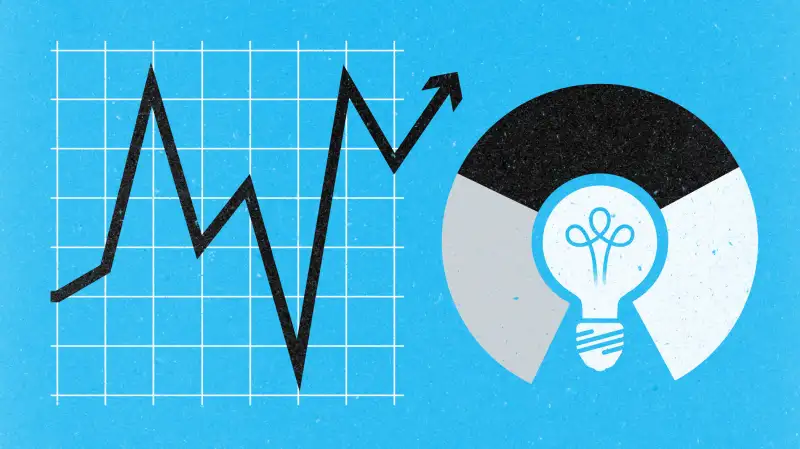Beyond 401(k)s and IRAs, How Else Can I Boost Retirement Savings?
Money is not a client of any investment adviser featured on this page. The information provided on this page is for educational purposes only and is not intended as investment advice. Money does not offer advisory services.

Q: My job does not offer a 401(k). I contribute the max to a Roth IRA. What other types of accounts or investments should I use to increase my retirement savings? — Susan in North Carolina
A: Contributing to a Roth IRA is a great start, but you’re smart to think about saving for retirement beyond the $5,500 you can contribute annually to a Roth. (Remember, that's the most you can contribute annually if you're under 50. If you are age 50 or older the limit goes to $6,500. The contribution limit decreases and phases out, though, if you reach certain income thresholds.)
If you're married, one of the easiest strategies might be to help your spouse max out his or her employer-sponsored retirement plan, or open an IRA or Roth IRA.
If you’re not married or simply want to keep your retirement savings separate, your next step should be to save in a taxable account — but in the most tax-friendly way possible, says Neil Krishnaswamy, a certified financial planner with Exencial Wealth Advisors in Plano, Texas.
There is no getting around paying taxes on any profit, but you can minimize the annual “drag” of capital gains taxes by taking several steps. Among them:
When possible, avoid short-term capital gains.
Hold your securities for at least a year to qualify for the beneficial long-term capital gains rate, which ranges from 0% to 20% depending on your tax bracket. But for most people, the long-term rate is 15%. If you hold assets for less than a year, your capital gains will be taxed at the same rate as ordinary income.
Choose tax-efficient mutual funds.
Where many investors in taxable accounts go wrong is assuming that they can buy and hold a fund and not worry about capital gains. On the contrary, you'll be presented a tax bill based on when the manager of the fund bought and sold the fund's underlying securities, even if you never sold your fund shares.
While some managers make tax-efficiency a priority, others turn over their portfolios quickly, racking up capital gains along the way. If you are planning to invest in a fund that is actively managed, make sure you look at the manager’s track record in tax efficiency. You can get an idea by going to Morningstar.com, entering the fund’s ticker and clicking on the “tax” tab for that fund.
Index funds tend to do very well on tax efficiency. That’s because these funds track securities in an index, and managers tend not to sell — and trigger capital gains — unless the underlying index changes or they need to raise cash for shareholder redemptions. In fact, many experts recommend investing exclusively in index funds in taxable accounts and relegating less tax-efficient strategies to tax-deferred accounts.
Do some tax-loss harvesting.
When you do sell, you can minimize your tax bill through tax-loss harvesting. That means selling some losers to offset profits you book when selling winners. Capital losses can offset capital gains dollar for dollar. And if you happen to end up with more losses than gains, you can use losses to lower your taxable ordinary income up to $3,000 a year. And you can carry forward unused losses indefinitely into future years.
Read Next: How to Save More for Retirement
We should mention that there is another option for you to try: Simply ask your employer to consider offering a company retirement plan. There are some good low-cost options available to smaller companies looking to set up basic retirement plans. Odds are that many of your colleagues would also appreciate such a company perk, even if matching benefits aren’t in the cards.